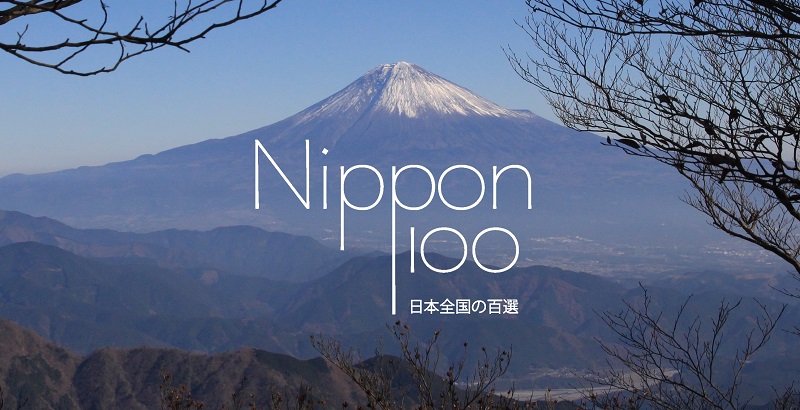There is no other area like Shibamata in Tokyo, at the deep end of the huge city, just before the Edogawa river which stands as the natural border with neighboring Chiba prefecture. Shibamata is a quiet and nostalgic area, famous among Japanese thanks to Tora-san, a movie character whose family was supposed to be living there. The neighborhood is also known for the Taishakuten temple and its wonderful wooden carvings. Another specificity of Shibamata is the “Yagiri no Watashi”, known as the last ferryman of Tokyo.
We were really curious about the place. Shibamata is one of the few spots among the hundred landscapes of Heisei Era to be found in Tokyo. But is definitely not as famous as Akihabara or Nihombashi. And we are now happy that we had the chance to discover that piece of Tokyo, really off the beaten path.
For the Japanese, the area is actually pretty famous, mainly thanks to the huge series of movies Otoko wa Tsurai yo whose main character’s family was staying in the Taishakuten-sando, the main street leading to the temple. Between 1969 and 1995, 48 movies featuring the adventures of Tora-san were released. As a result, his face is to be found everywhere in Shibamata.
 Tora-san, standing in front of Shibamata station.
Tora-san, standing in front of Shibamata station.
 |
 |
 |
 |








Shibamata is an area that historically grew around the Buddhist temple Taishakuten Daikyoji, built in 1629 and also often featured in the Tora-san movies.
Two impressive sights are to be found there. The 500 years old Zuiryu-no-matsu pine tree, immediately after Niten-mon, the main gate, is the first of them, with its three long and straight branches. The second one is the many wooden carvings outside the main hall building. Many of them were made by artists who also worked on the Toshogu in Nikko. But unlike the ones to be seen there, Shibamata’s carvings remained unpainted.
There is actually an entrance fee to discover the carving (400 yen, open from 9am to 4pm), which also allows the visitor to explore the temple garden – and enjoy a tea there.
 The 500 years-old Zuiryu-no-matsu pine tree.
The 500 years-old Zuiryu-no-matsu pine tree.
 |
 |



 |
 |
 A very mysterious sight in Shibamata (We are still wondering what’s the meaning/legend, anyone?)
A very mysterious sight in Shibamata (We are still wondering what’s the meaning/legend, anyone?)





Another special feature of Shibamata is the “Yagari no Watashi”, a small and old-fashioned ferry used to cross the Edogawa river (and thus leave Tokyo to Chiba prefecture) just behind the temple. The sight was once common on Tokyo’s numerous rivers, but is nowadays only to be found in Shibamata. One way crossing for 100 yen and roundtrip for 200 yen.
Since 2009, the temple daily life and the river sounds of the ferry are officially one of the 100 soundscapes of Japan.


 |
 |




How to get there?
The best way to explore Shibamata area is to walk around from Shibamata station. There is several options available to reach it. For example from the Keisei-Ueno or Nippori stations, the easiest is to travel with the Keisei Main Line to Takasago (about 15 minutes), and then change for the Keisei Kanamachi Line for one final stop. The whole trip costs 260 yen.








